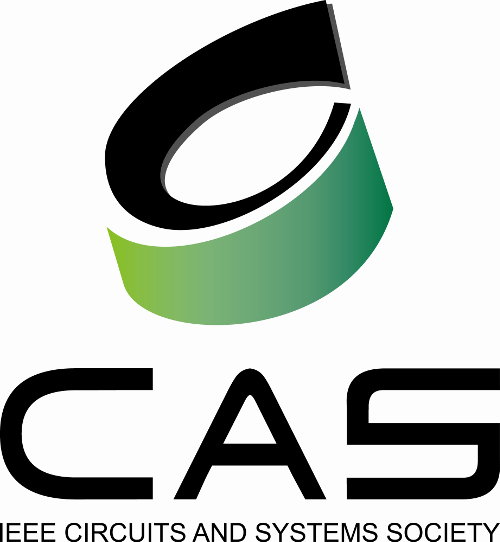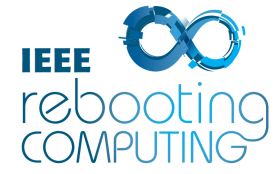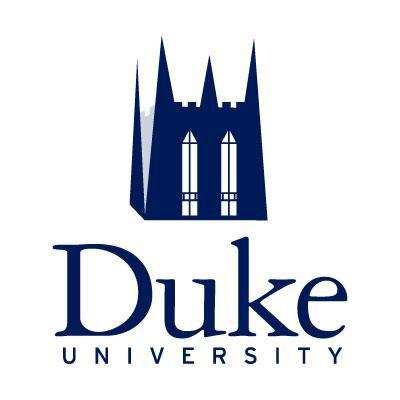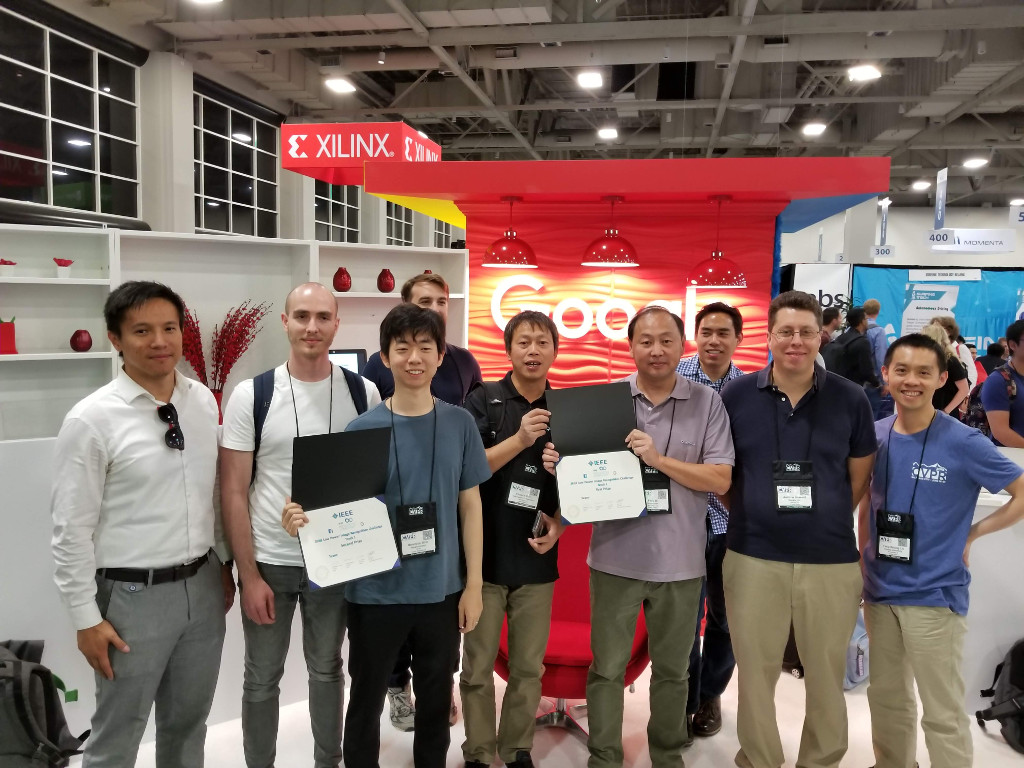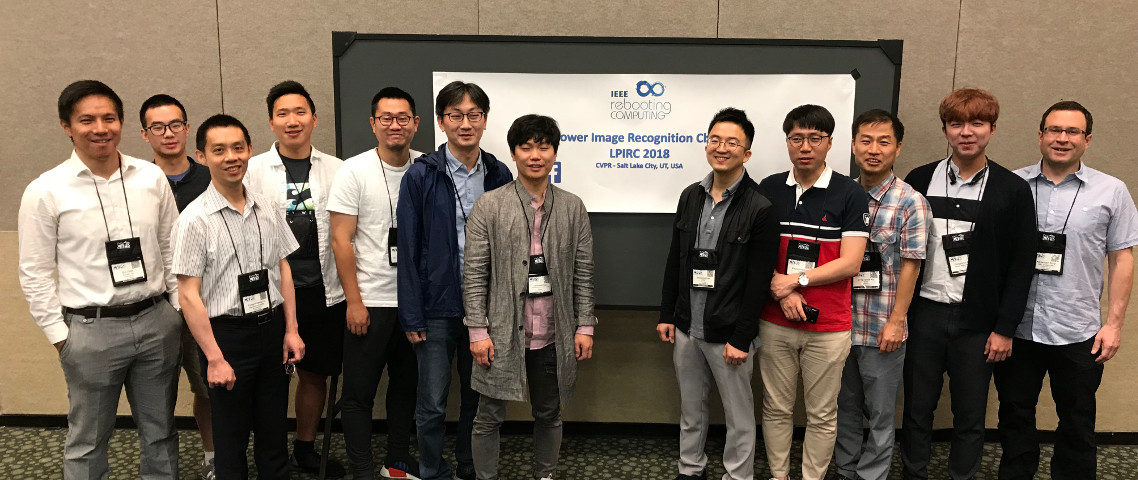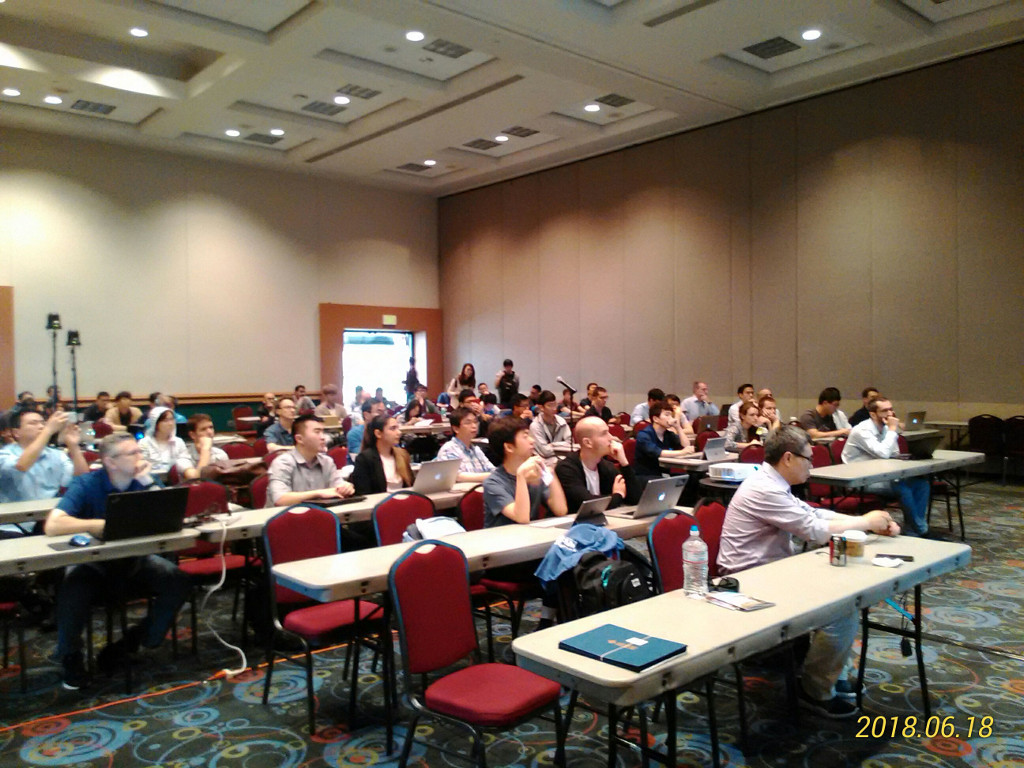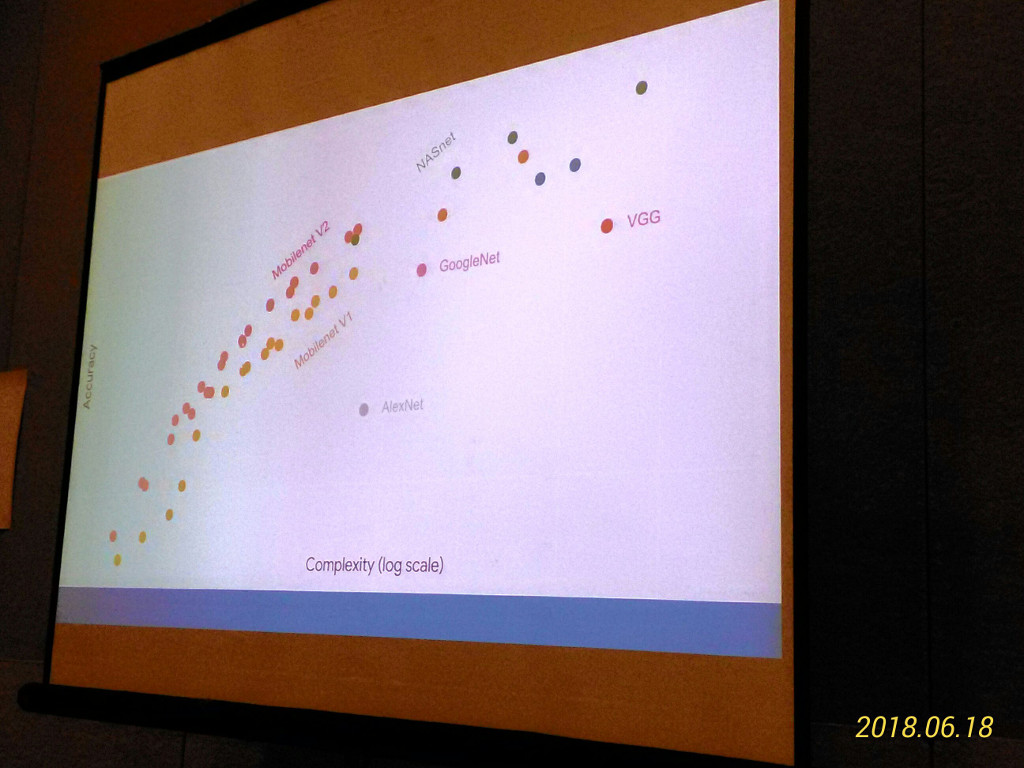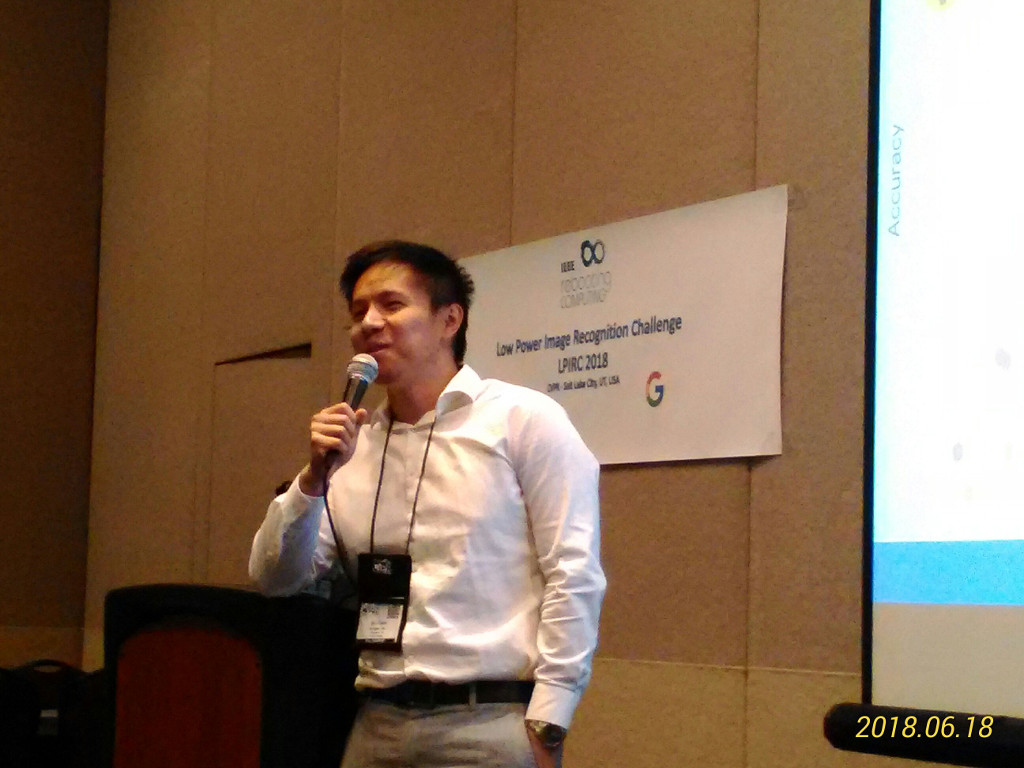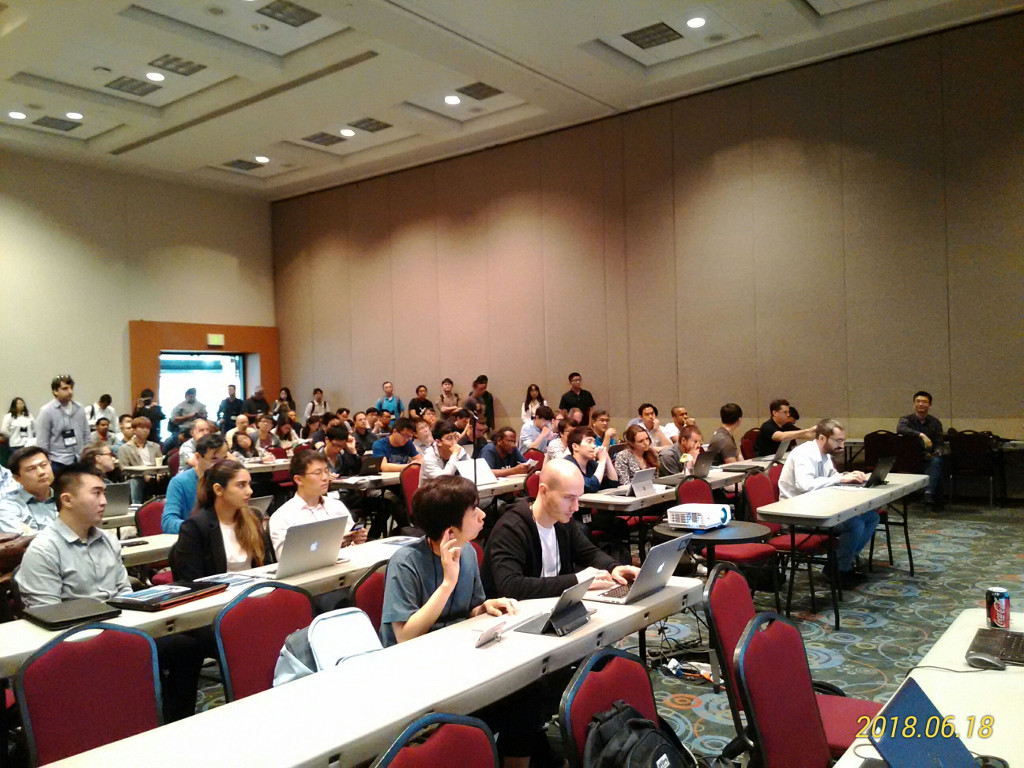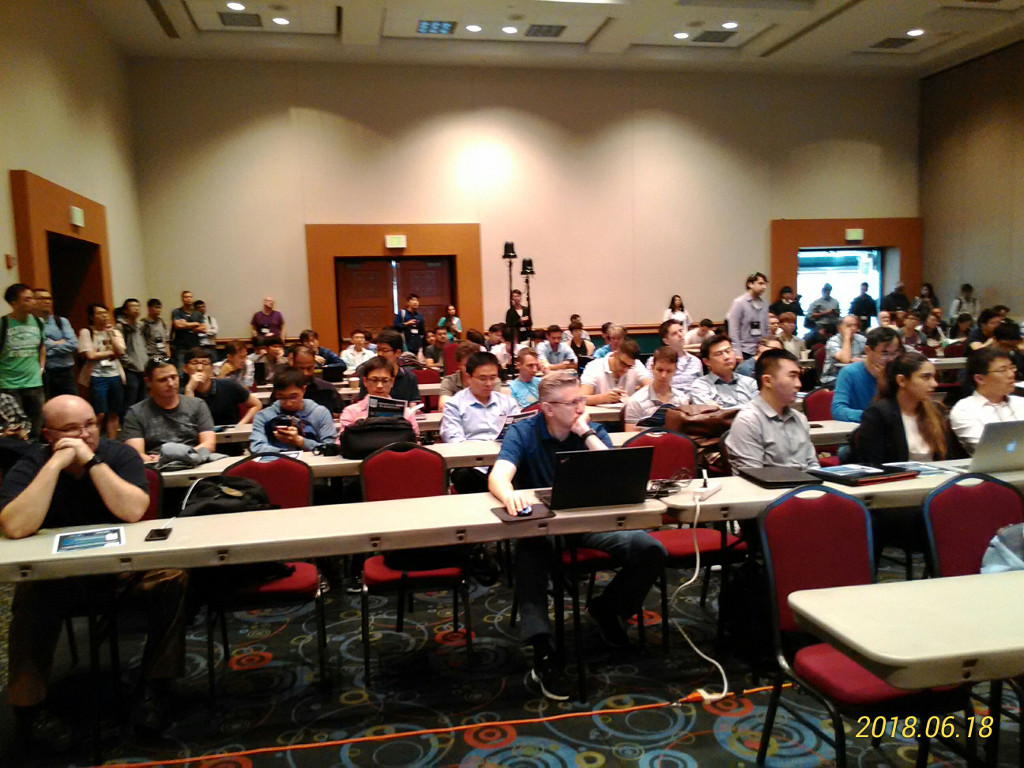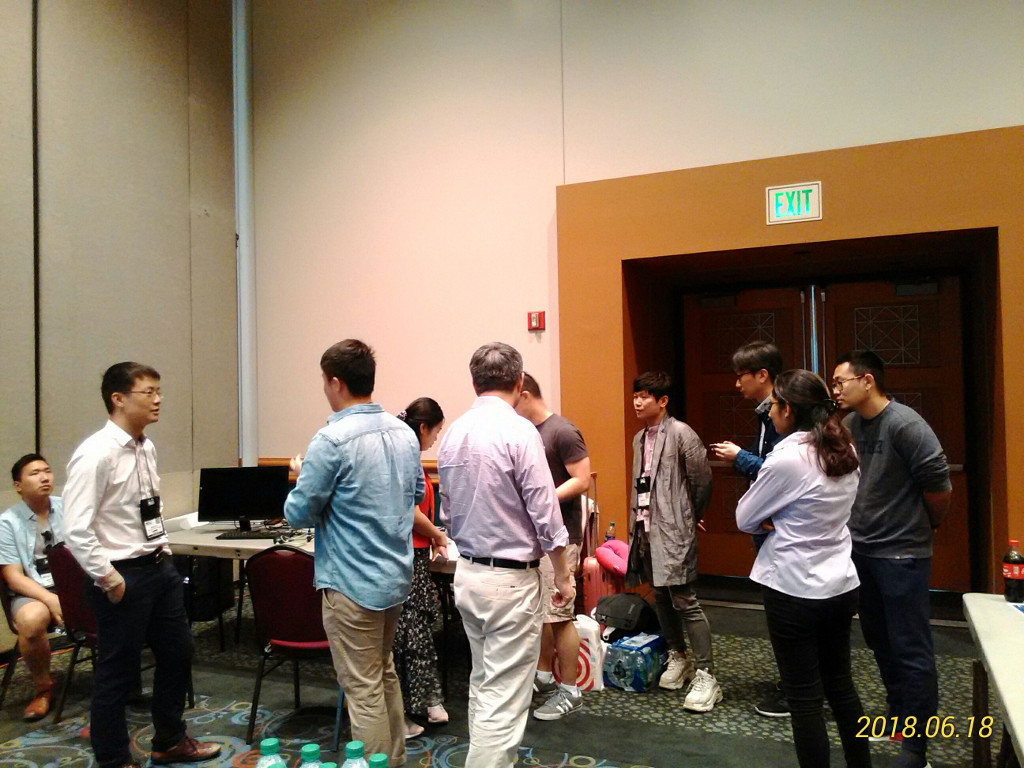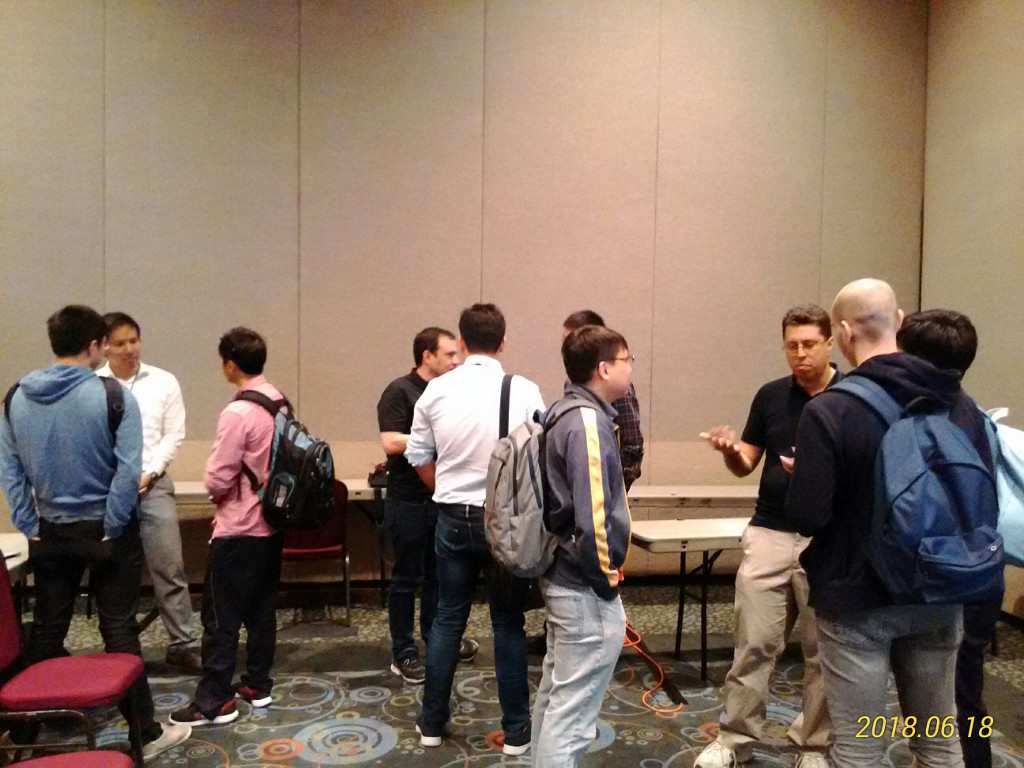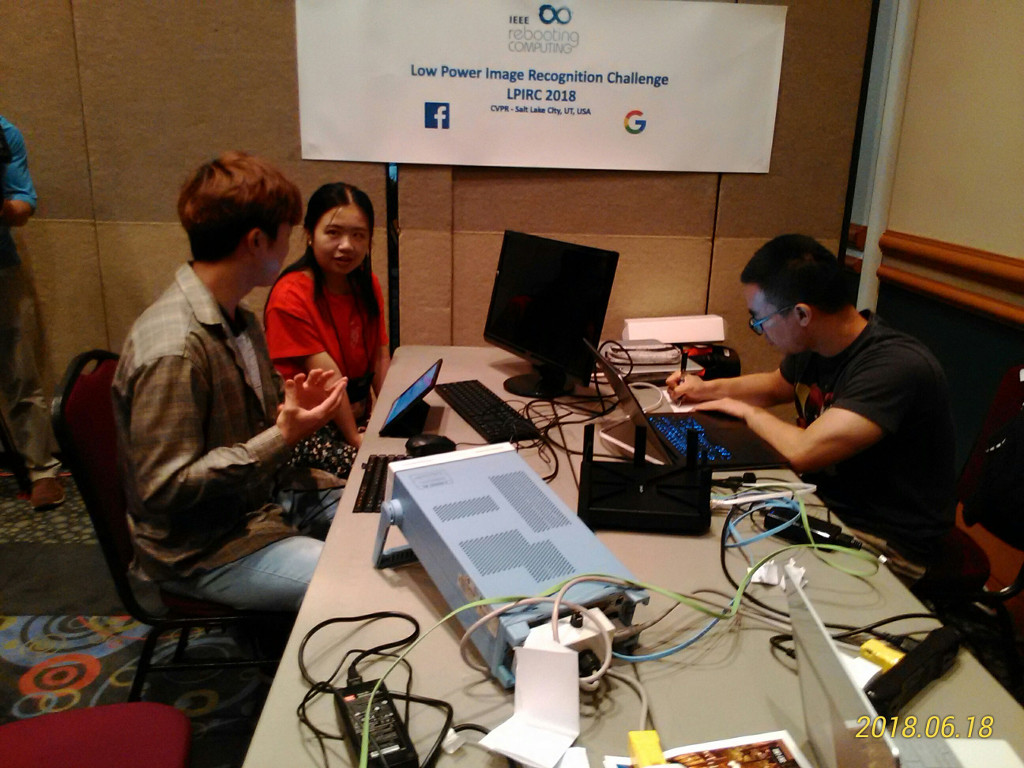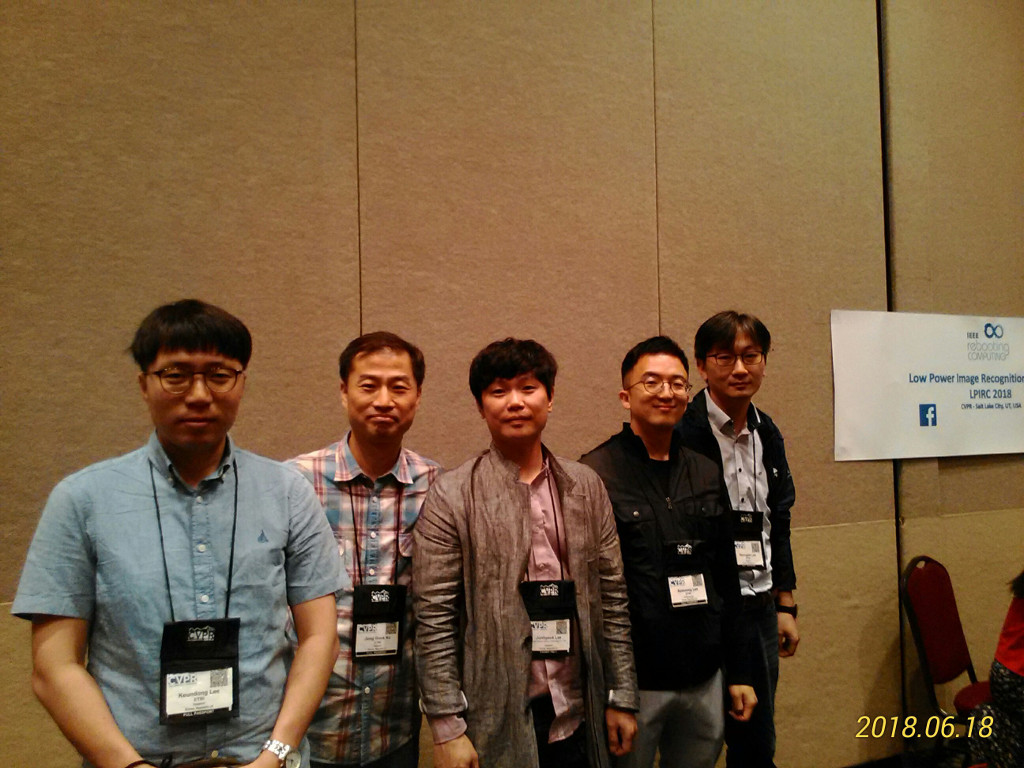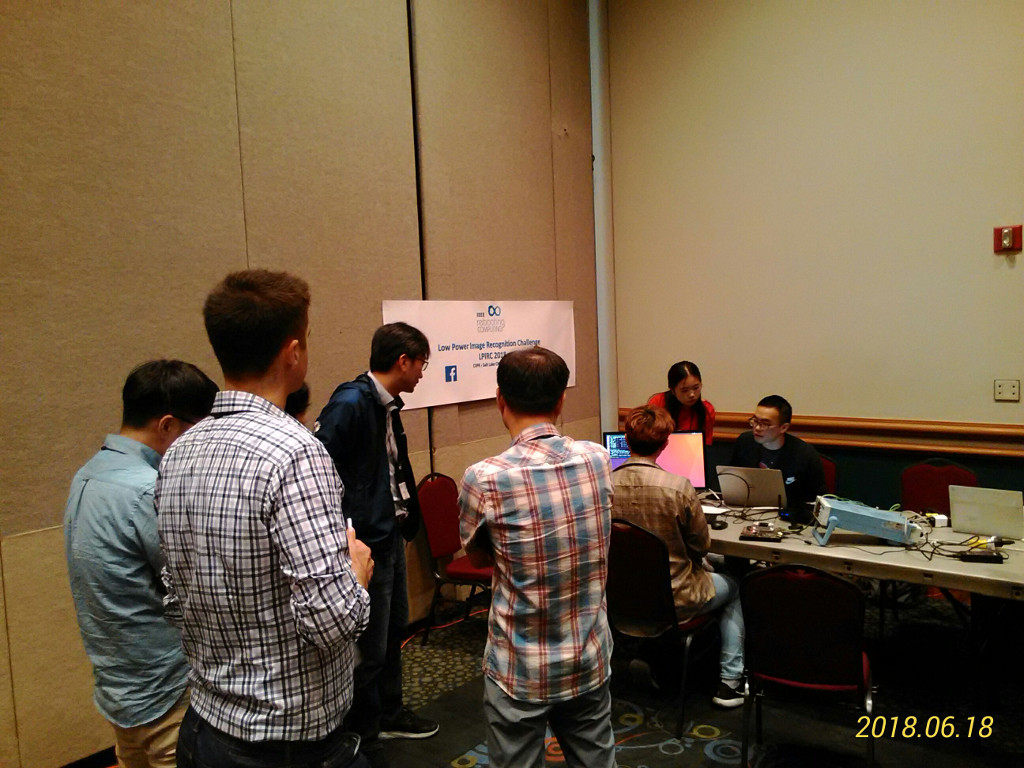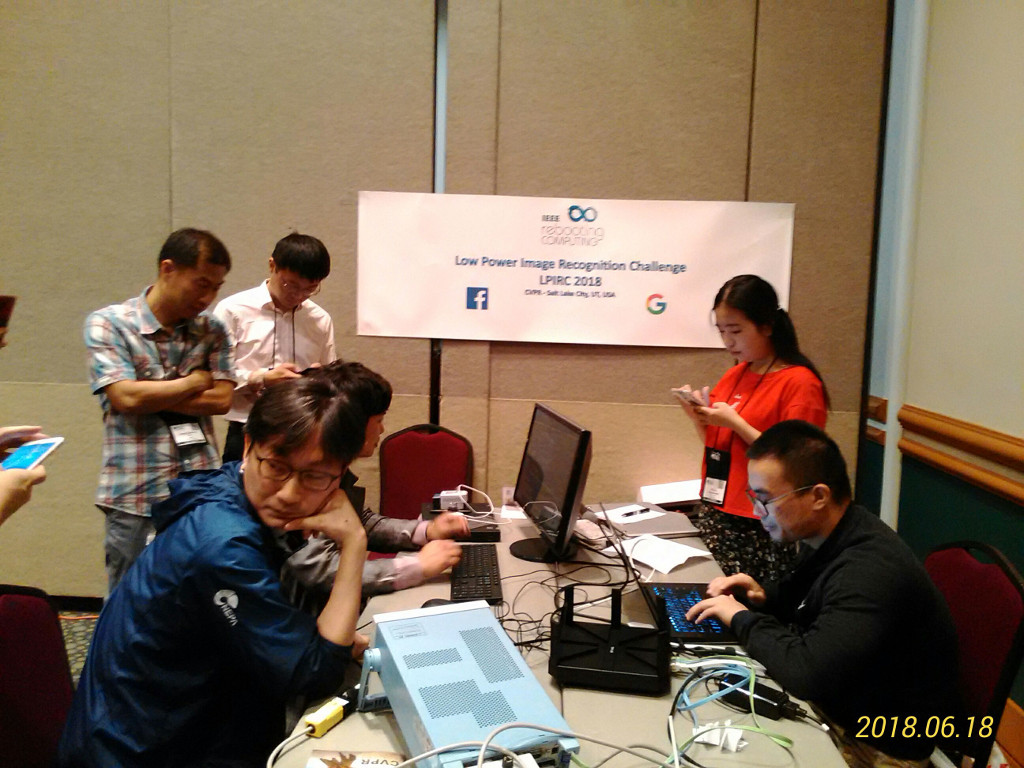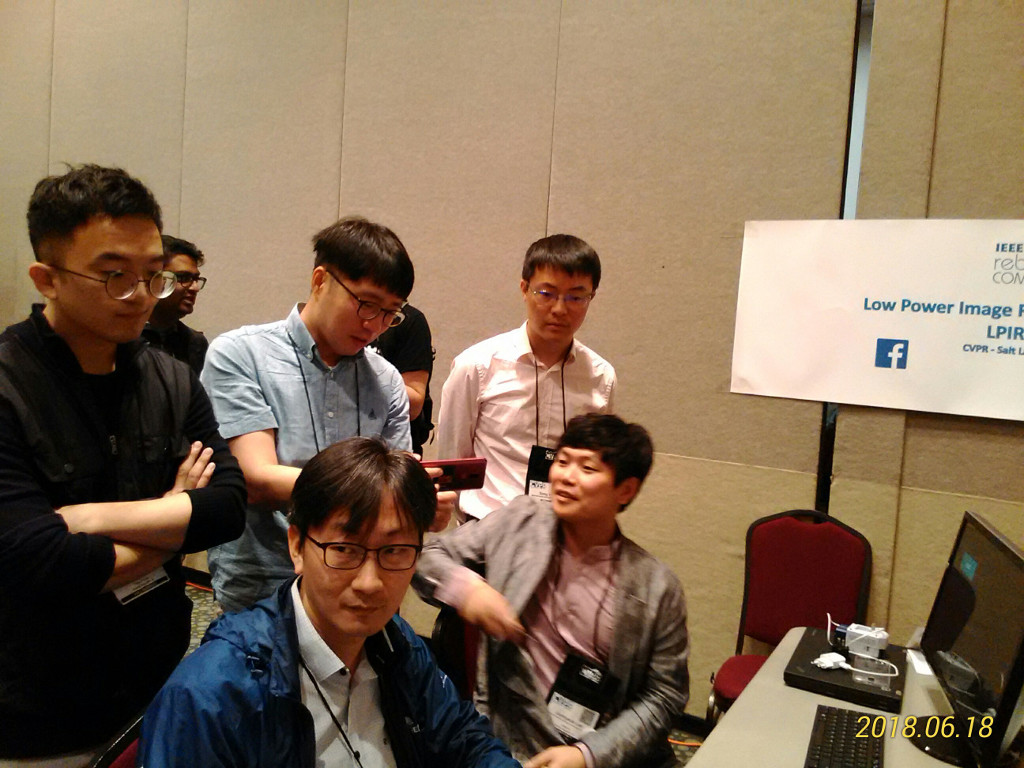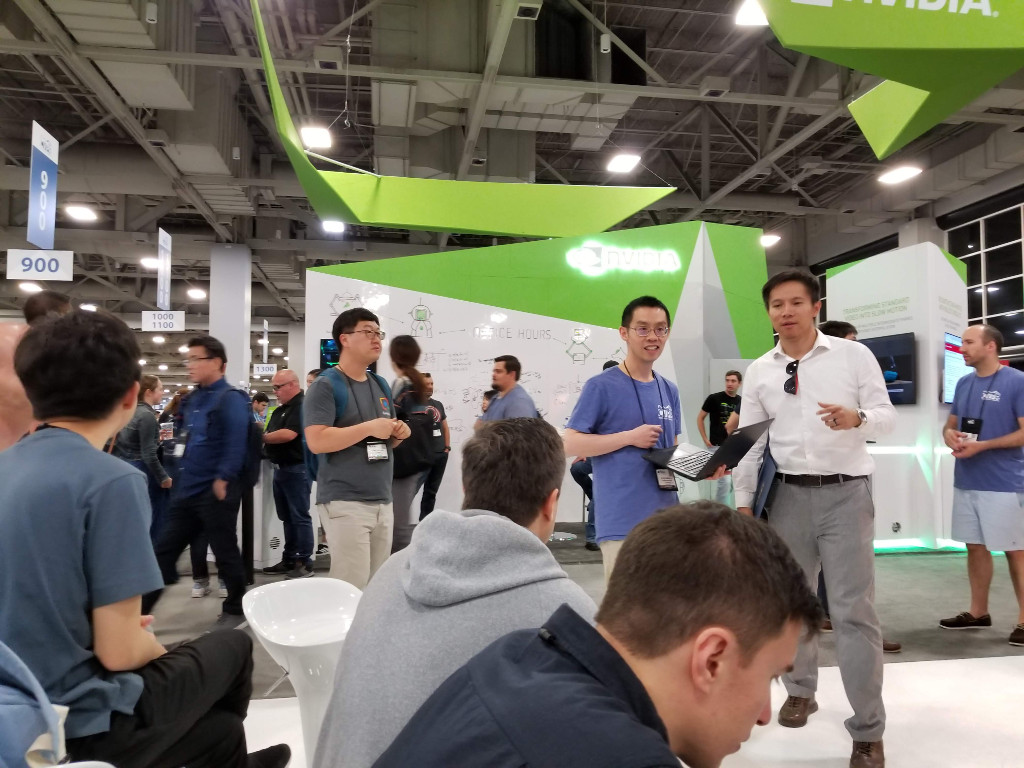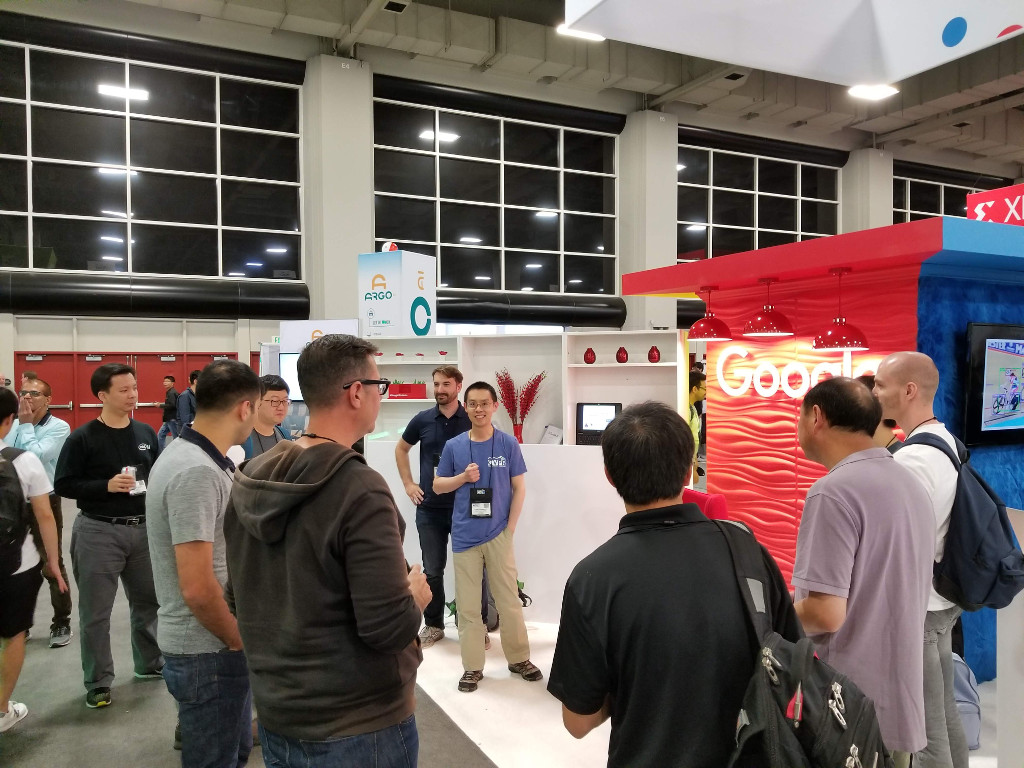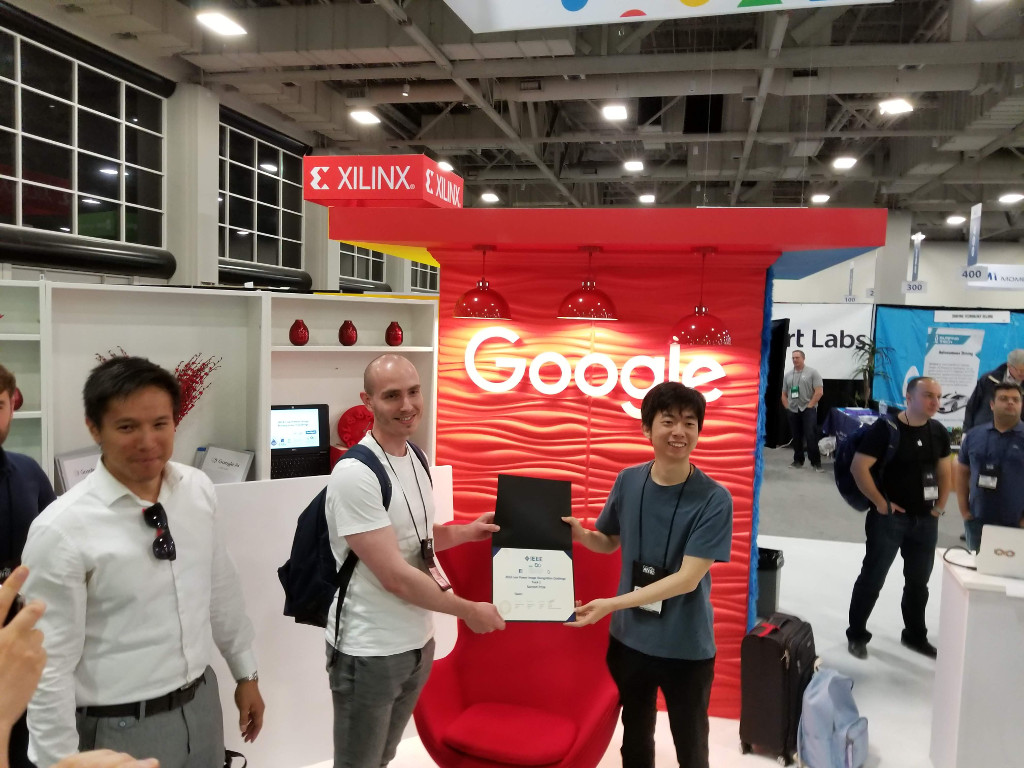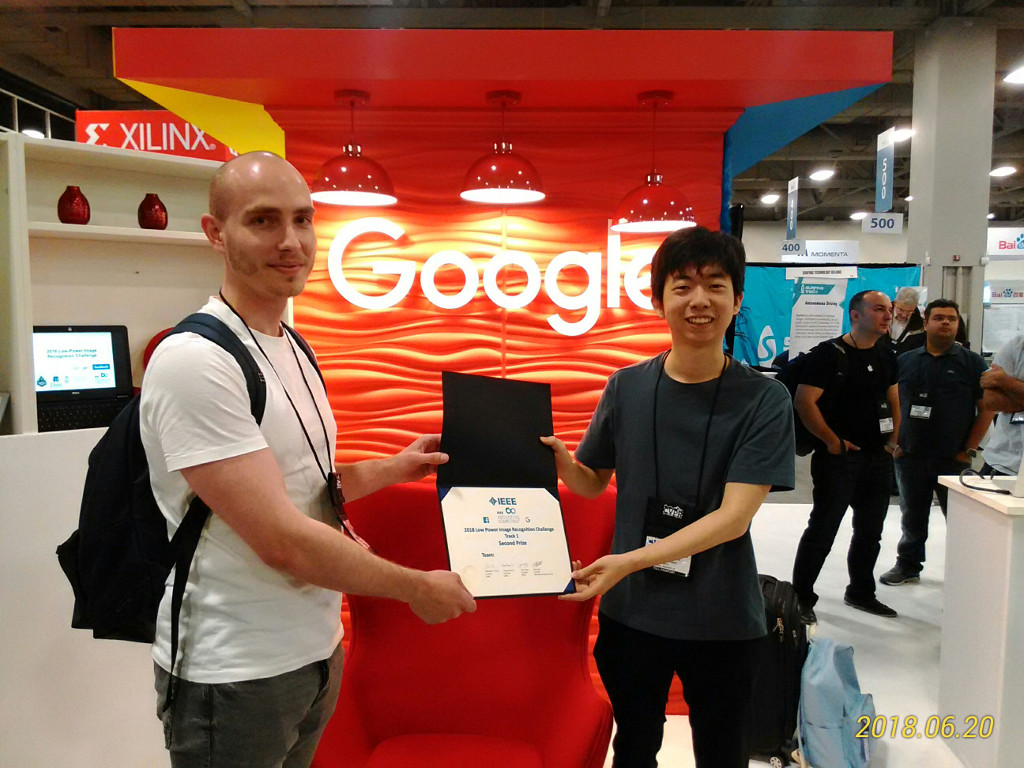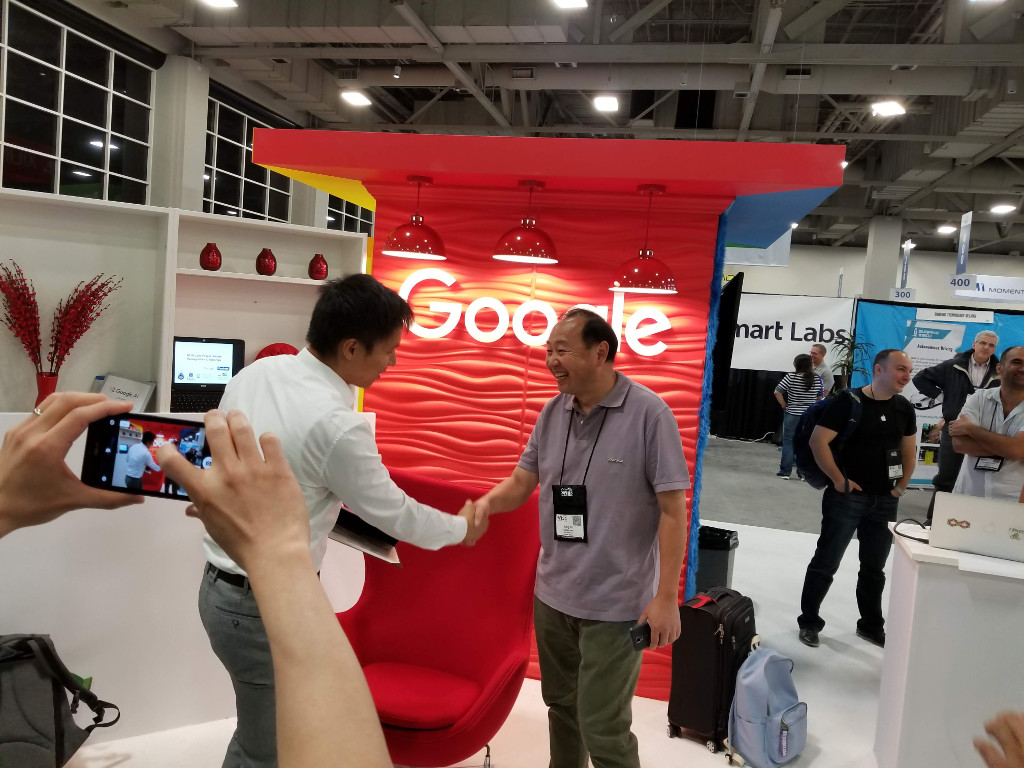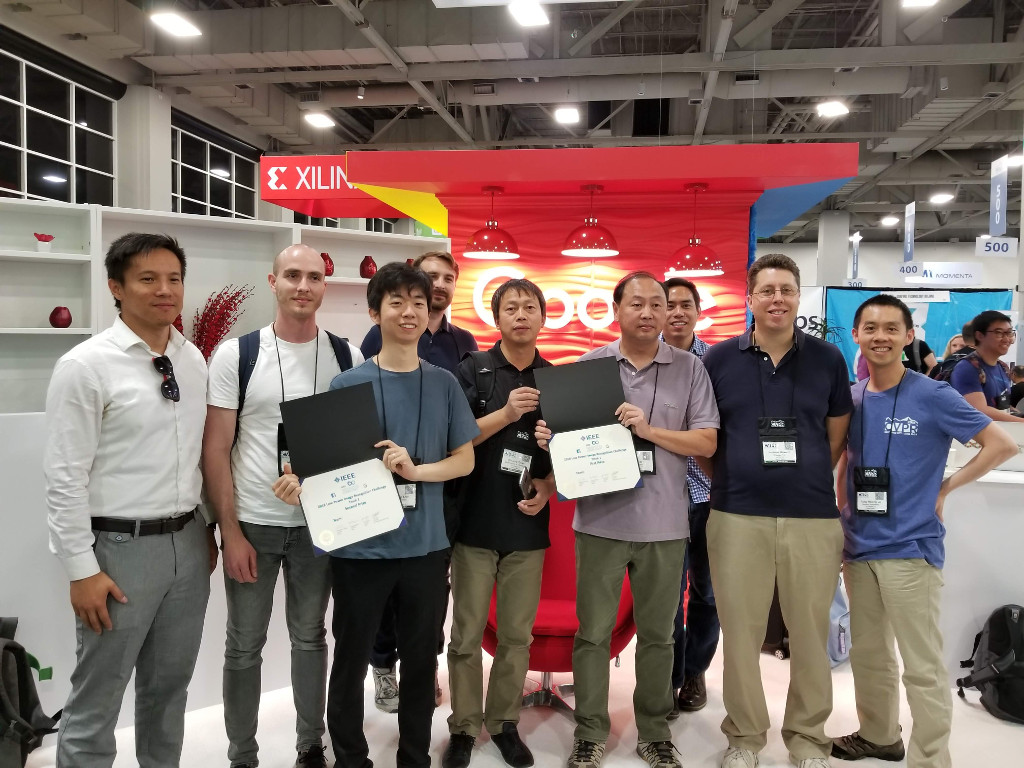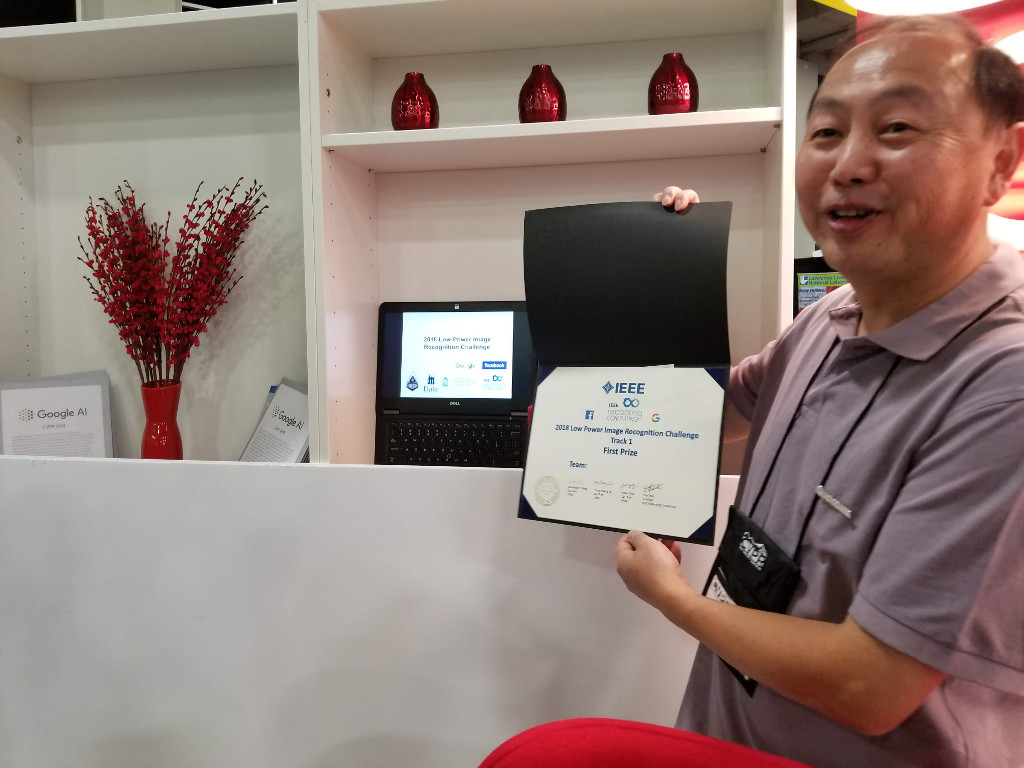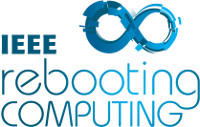Low-Power Image Recognition Challenge (LPIRC 2018)
2018 IEEE International Low-Power Image Recognition Challenge (LPIRC-II) Winner Announcement
The IEEE International Low-Power Image Recognition Challenge (LPIRC) is the first and the only competition that integrates low-power technologies and image recognition. Since 2015, LPIRC has been held four years and the winners’ solutions have improved impressively 24 times. In 2018, LPIRC was held in June, co-located with CVPR in Salt Lake City. Due to the profound potential impacts of low-power technologies for computer vision, multiple sponsors (led by IEEE Circuits and Systems Society and Google) organized the second round of the competition in November. This competition, called 2018 LPIRC-II, offers only the online submission without the need to travel to a conference. This competition is based on Tensorflow models and there are three categories:
- Image Classification with Low latency: Each image has one distinct object (such as a person, a car, or a table). A solution must distinguish this object in each image within 30 ms. This performance restriction is to emulate processing video data at 30 frames per second. This category was also held in June 2018.
- Image Classification for Interaction: This is the same task but the time restriction is relaxed to 100 ms to emulate interaction with a human user.
- Object Detection for Interaction: Each image has one or several objects. A solution must identify the object(s) and mark the location(s) in the image within 100 ms. Categories 2 and 3 are held for the first time in LPIRC.
As expected, there was strong participation: 94 solutions were submitted. The winners’ solutions outperformed all known open-source solutions.
The winners of 2018 LPIRC-II are
| Category | Prize | Team | Country | Contact Person |
|---|---|---|---|---|
| 1 | First | Expasoft | Russia | Kondratyev Alexander, mmvb1000@gmail.com |
| 1 | Second | EdgeAI | Canada | Zhang Shuai, shuazhan@qti.qualcomm.com |
| 2 | First | Expasoft | Russia | Kondratyev Alexander, mmvb1000@gmail.com |
| 2 | Second | Amazon EdgeFlow | USA | Sheng Tao, tsheng@amazon.com |
| 3 | First | Amazon EdgeFlow | USA | Sheng Tao, tsheng@amazon.com |
| 3 | Second | EdgeAI | Canada | Zhang Shuai, shuazhan@qti.qualcomm.com |
The EdgeAI and Amazon EdgeFlow Teams are purely industrial; the Expasoft team is collaboration of academia and industry. The EdgeAI team has 7 members; the Expasoft team has 5 members; the Amazon EdgeFlow team has an impressive 17 members.
Members of the Expasoft Team
Members of the Amazon EdgeFlow Team
The Amazon EdgeFlow Team's Solution can be seen in this video:
Congratulations to the winners.
IEEE Rebooting Computing is the founding sponsor of LPIRC. The sponsors for 2018 LPIRC include Google, Facebook, Mediatek, and IEEE Circuits and Systems Society. Google also provides technical support. The organizers include Purdue University, University of North Carolina, and Duke University.
LPIRC 2018 was held June 18 in Salt Lake City, Utah
Co-located with International Conference on Computer Vision and Pattern Recognition (CVPR 2018).
Download IEEE LPIRC 2018 Press Release (PDF, 551 KB)
LPIRC organizers and Track 1 winners.
LPIRC organizers and winners of Tracks 2 and 3.
The 2018 IEEE International Low-Power Image Recognition Challenge (LPIRC) has successfully concluded on June 18 in Salt Lake City, co-located with the IEEE Conference on Conference on Computer Vision and Pattern Recognition (CVPR). This is the fourth LPIRC; 21 teams competed in three different Tracks. In total, the teams submitted 131 solutions. LPIRC is the only competition that evaluates computer vision technologies by accuracy, execution time, and energy consumption together. Each team must develop a solution that can identify objects (such as humans, cars, tables) in images and mark their locations in the images. The first track, a new track sponsored by Google, evaluates accuracy and execution time. The second track, sponsored by Facebook, uses the Caffe2 deep learning framework running on NVIDIA Jetson TX2. The third track, unchanged from the first LPIRC in 2015, has no restriction in software or hardware.
This year’s winners are
- Track 1: Qualcomm
- Track 2: Seoul National University
- Track 3: ETRI and KPST
The top score of Track 2 is more than twice of the 2017 top score. The top score of Track 3 is nearly four times of the 2017 top score. Since 2015, the score has improved by 24 times. “The purpose of LPIRC is to identify the state-of-the-art in computer vision. Thus, it is important to see significant improvement year after year.”, said Terence Martinez, Program Director, Future Directions of IEEE Technical Activities. LPIRC started in 2015 as part of the IEEE Rebooting Computing Initiative, co-chaired by Elie Track and Tom Conte.
LPIRC uses ImageNet as the training data. The referee of LPIRC is open-source and contestants can replicate the competition environments. On June 18, the researchers from Facebook and Google explained how to apply computer vision on mobile systems. More than 100 people attended the presentations. “We will likely see sophisticated vision technologies on mobile phones in the coming years.”, said Fei Sun from Facebook. Bo Chen from Google, a member in the organizing committee, said, “This competition has created an infrastructure to evaluate the energy efficiency of vision technologies. We expect to see acceleration of improvements.”. Jaeyoun Kim, also from Google, said, “LPIRC is unique because participants need to make their entire systems work.”
Alex Berg, a professor from University of North Carolina, said “Over the past four years accuracy improved 13 times but the energy consumption has not reduced much.” Another member in the organizing committee, Professor Yiran Chen from Duke University said, “We expect that future winners would need to adopt innovative hardware platforms for better energy efficiency. There is still a lot of room for improvements.” Yung-Hsiang Lu from Purdue University thinks future mobile systems could do much more than detecting objects in image, such as understanding behavior and intention in video.
Immediately after the conclusion of 2018 LPIRC, the organizing team has started planning the next competition. After four years of successful LPIRC, the team considers to adopt more challenging tasks using new sets of data.
Attendees listen to presentations about creating energy-efficient computer vision technologies.
Thanks to all participants, organizing committee members, and student assistants.
Congratulations to LPIRC 2018 Track 1 First Prize Winner:
Qualcomm
Congratulations to LPIRC 2018 Track 2 First Prize Winner:
Donghyun Kang, Seoul National University
Congratulations to LPIRC 2018 Track 3 First Prize Winners:
ETRI, KPST, South Korea
| LPIRC 2018 Organizing Committee |
|---|
| Alex Berg (UNC) |
| Achille Brighton (Google) |
| Yiran Chen (Duke) |
| Bo Chen (Google) |
| Andrew Howard (Goolge) |
| Jaeyoun Kim (Google) |
| Yang Lu (Facebook) |
| Yung-Hsiang Lu (Purdue) |
| Terence Martinez (IEEE) |
| Fei Sun (Facebook) |
| Student Assistants |
|---|
| Matthew Ardi (Purdue) |
| Hsin-Pai Cheng (Duke) |
| Wenzhong Duan (Purdue) |
| Bo Fu (Purdue) |
| Hanwen Huang (Purdue) |
| Xin Liu (Duke) |
| Deeptanshu Malik (Purdue) |
| Eunbyung Park (UNC) |
| Shijin Wang (Purdue) |
| Jingchi Zhang (Duke) |
Financial Sponsors: IEEE Rebooting Computing, Google, and Facebook.
Technical Sponsors: Google and Facebook.
For inquiries, please contact rcinfo@ieee.org.
LPIRC 2018 Gallery
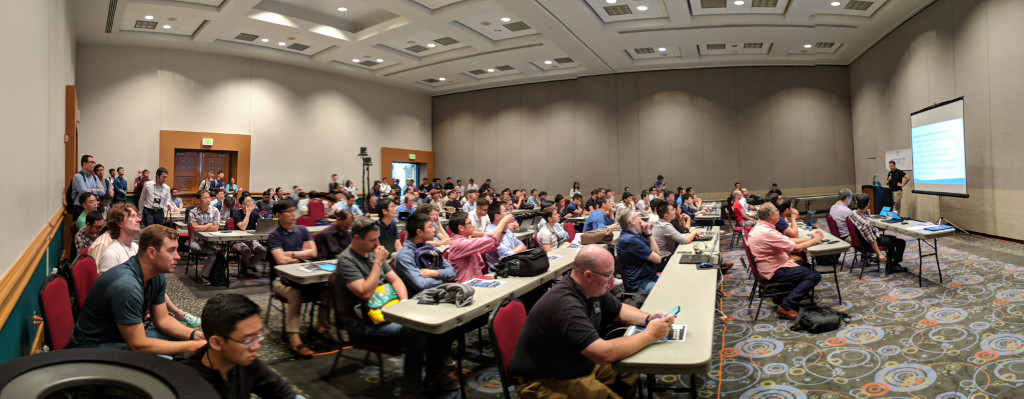
Motivation
Many mobile systems (smartphones, electronic glass, autonomous robots) can capture images. These systems use batteries and energy conservation is essential. This challenge aims to discover the best technology in both image recognition and energy conservation. Winners will be evaluated based on both high recognition accuracy and low power usage.
Image Recognition
Image recognition involves many tasks. This challenge focuses on object detection, a basic routine in many recognition approaches. The following two examples illustrate the task. In the first example, there are two objects: a bird and a frog. In the second example, there are several objects: cars, persons, motorcycle, and a helmet. The training and validation data for LPIRC comes from the ImageNet Large Scale Visual Recognition Challenge detection competition. The test data will be specific to LPIRC.

Publications & Presentations
Publications:
Low-Power Computer Vision: Status, Challenges, and Opportunities, IEEE Journal on Emerging and Selected Topics in Circuits and Systems (Volume: 9, Issue: 2, June 2019)
Presentations:
Retrospect and Prospect of LPIRC (PDF, 2 MB), presented at DATE (Design and Test in Europe), March 2018
Three Years of LPIRC (PDF, 3 MB), presented at ASPLOS, March 2018
Sponsors





